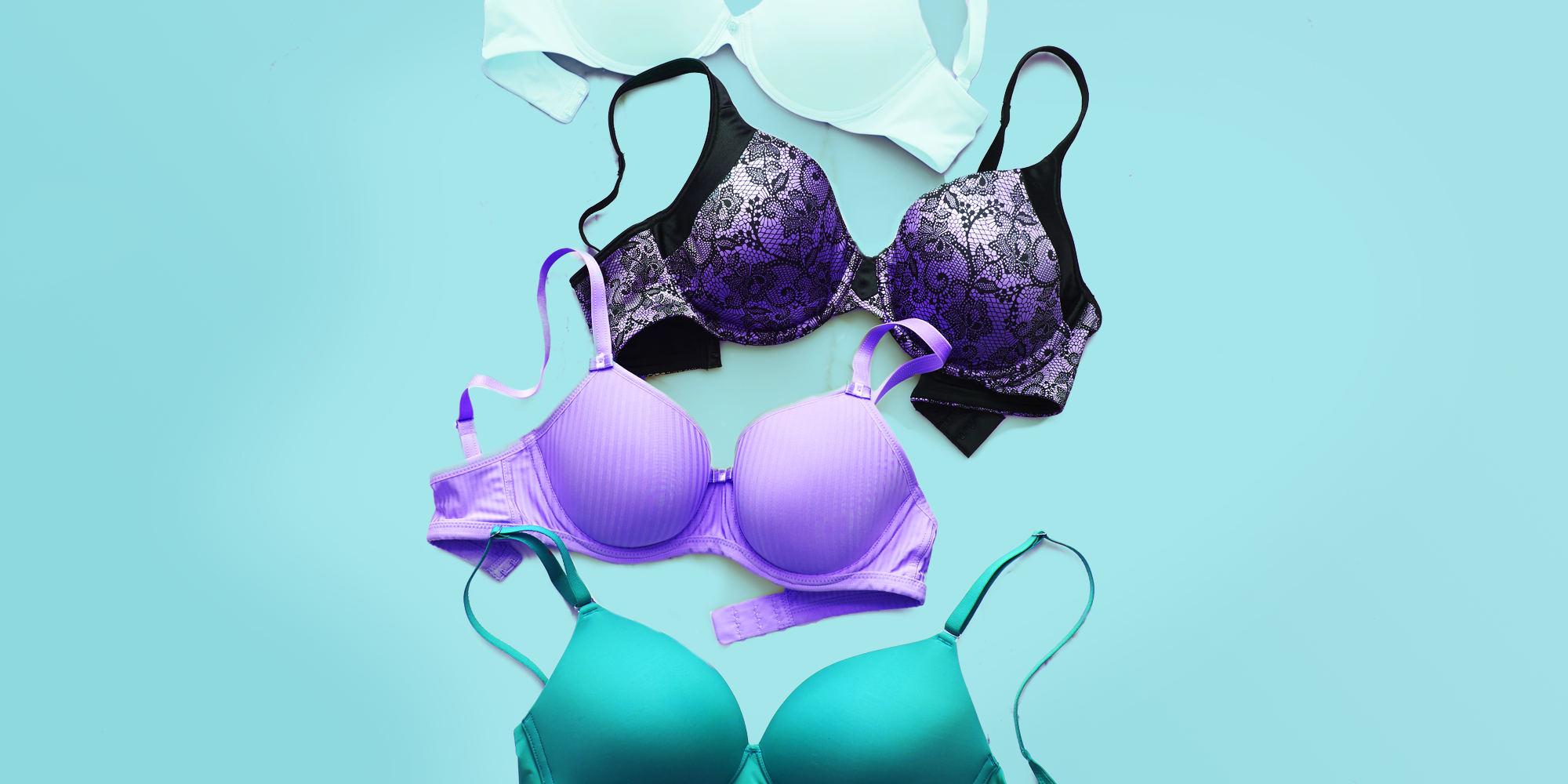1. Careem (UAE)
It’s impossible to talk about Middle Eastern startups without mentioning Careem, a pioneer in the region’s tech space. Founded in 2012, Careem started as a ride-hailing app, quickly becoming the region’s answer to Uber. But they didn’t stop there. Careem has expanded its platform to include delivery services, financial solutions, and even bike-sharing. Acquired by Uber for $3.1 billion in 2020, Careem remains an independent brand, continuing to innovate across the Middle East and North Africa (MENA).
Why it’s cool:
Careem doesn’t just provide rides—it builds infrastructure for the future of urban living in the region.
2. Anghami (Lebanon)
Think of Anghami as the Middle Eastern version of Spotify. Launched in 2012, this music-streaming service quickly became the go-to platform for Arabic music lovers across the globe. With over 70 million registered users and a catalog that includes millions of Arabic and international songs, Anghami has become a cultural force. In 2021, it became the first Arab tech company to list on NASDAQ, marking a major milestone for the MENA tech ecosystem.
Why it’s cool:
Anghami is not just about streaming music; it’s about showcasing and promoting regional talent on a global scale.
3. Swvl (Egypt)
Public transportation in emerging markets can be tricky—crowded, unreliable, and inconsistent. Swvl took this challenge head-on by offering a tech-driven bus booking system in cities across the Middle East, Africa, and even Europe. What started as an Egyptian solution to transportation inefficiencies has grown into a global phenomenon. Swvl was valued at over $1.5 billion and has become a significant player in the mobility industry.
Why it’s cool:
Swvl is disrupting public transport with a more efficient and affordable alternative while contributing to sustainability efforts.
4. Tabby (UAE)
The Middle East has seen a boom in fintech, and Tabby is leading the charge with its innovative Buy Now, Pay Later (BNPL) model. With Tabby, users can split their online or in-store purchases into four easy installments. This “shop now, pay later” trend has gained immense traction, with Tabby partnering with leading retailers and offering a more flexible shopping experience across the UAE, Saudi Arabia, and beyond.
Why it’s cool:
Tabby is changing how people approach consumer spending, making shopping more accessible and manageable.
5. Pure Harvest Smart Farms (UAE)
In a region where water is scarce, and the climate is harsh, farming is no easy feat. Enter Pure Harvest Smart Farms, a UAE-based startup tackling food security through high-tech, climate-controlled greenhouses. This agritech company is transforming how the region grows fresh produce by using cutting-edge technology to grow fruits and vegetables year-round, even in the desert heat. The company recently raised over $60 million to scale its operations.
Why it’s cool:
Pure Harvest isn’t just feeding the region—it’s redefining sustainable agriculture in some of the world’s most arid environments.
6. Aumet (Jordan)
Aumet is revolutionizing the medical supply chain. This Jordan-based startup connects healthcare providers with manufacturers and distributors, streamlining the process of getting medical supplies where they’re needed most. During the COVID-19 pandemic, Aumet proved crucial in ensuring hospitals in the MENA region received critical supplies like masks, gloves, and other protective equipment.
Why it’s cool:
Aumet is enhancing healthcare by making medical procurement faster, easier, and more efficient.
7. Sarwa (UAE)
Investing can be daunting, especially for those just starting out. Sarwa, a UAE-based robo-advisory platform, aims to simplify investment for everyone. With Sarwa, users can invest in diversified portfolios with low fees, making it a popular choice among young professionals looking to grow their wealth. The platform’s seamless user experience and focus on financial literacy have helped it gain traction in the region’s growing fintech scene.
Why it’s cool:
Sarwa democratizes investing, making wealth management accessible to everyday people, not just the wealthy elite.
8. Jamalon (Jordan)
For book lovers in the Middle East, Jamalon is a game-changer. This Jordan-based startup is one of the largest online bookstores in the Arab world, offering over 12 million titles in Arabic and English. Jamalon has bridged the gap for book enthusiasts across the region, making it easier to access both local and international literature. The platform also supports self-publishing, empowering authors to reach readers across the globe.
Why it’s cool:
Jamalon is fueling the love of reading and making literature more accessible across the Arab world.
9. Fetchr (UAE)
Delivery logistics in the Middle East can be complex, with vague addresses and inconsistent street names causing frequent headaches. Fetchr cracked this code by developing technology that uses GPS coordinates instead of traditional addresses to facilitate deliveries. The company has partnered with major e-commerce platforms, offering an innovative solution to a uniquely regional problem. It’s also making headway in streamlining last-mile logistics in Africa and Southeast Asia.
Why it’s cool:
Fetchr turns an everyday inconvenience into an opportunity, revolutionizing delivery services with simple yet effective tech solutions.
10. Kitopi (UAE)
If you’ve ever ordered food from a virtual restaurant, there’s a good chance Kitopi was behind it. This Dubai-based startup is a “cloud kitchen” platform that helps restaurants scale their delivery operations without having to invest in brick-and-mortar locations. Kitopi’s tech allows kitchens to manage multiple restaurant brands simultaneously, optimizing food delivery operations across the UAE, Saudi Arabia, and Kuwait.
Why it’s cool:
Kitopi is changing how we think about food delivery, offering restaurants a more efficient and scalable business model.
Conclusion
The Middle East’s startup scene is thriving, offering cutting-edge solutions to regional challenges while also making a global impact. From tech innovations to sustainable agriculture, these startups are rewriting the narrative of what’s possible in the region. As the ecosystem matures, we can expect even more disruptive ideas and boundary-pushing companies to emerge from the Middle East’s ever-growing pool of entrepreneurial talent.
FAQs
1. What is driving the startup boom in the Middle East?
The Middle East’s startup ecosystem is being fueled by government support, increased access to venture capital, and a young, tech-savvy population eager to embrace new innovations.
2. Which industry is leading the startup growth in the Middle East?
Fintech and e-commerce are two of the leading industries driving startup growth in the Middle East, with health tech, agritech, and logistics also gaining traction.
3. Are Middle Eastern startups expanding globally?
Yes, many startups from the Middle East, like Swvl and Careem, have successfully expanded to global markets, proving that their innovations have universal appeal.
4. How are Middle Eastern startups addressing regional challenges?
Many startups focus on solving region-specific issues such as unreliable public transport, food security, and medical supply chain inefficiencies, using technology to create innovative solutions.
5. What role does government play in supporting startups in the Middle East?
Governments across the region, especially in the UAE and Saudi Arabia, have launched initiatives to encourage entrepreneurship through funding, incubators, and favorable policies for tech companies.

 Tech6 months ago
Tech6 months ago
 Entertainment3 months ago
Entertainment3 months ago
 Tech6 months ago
Tech6 months ago
 Entertainment5 months ago
Entertainment5 months ago
 Entertainment6 months ago
Entertainment6 months ago
 Entertainment7 months ago
Entertainment7 months ago
 Entertainment6 months ago
Entertainment6 months ago
 Life Style6 months ago
Life Style6 months ago



